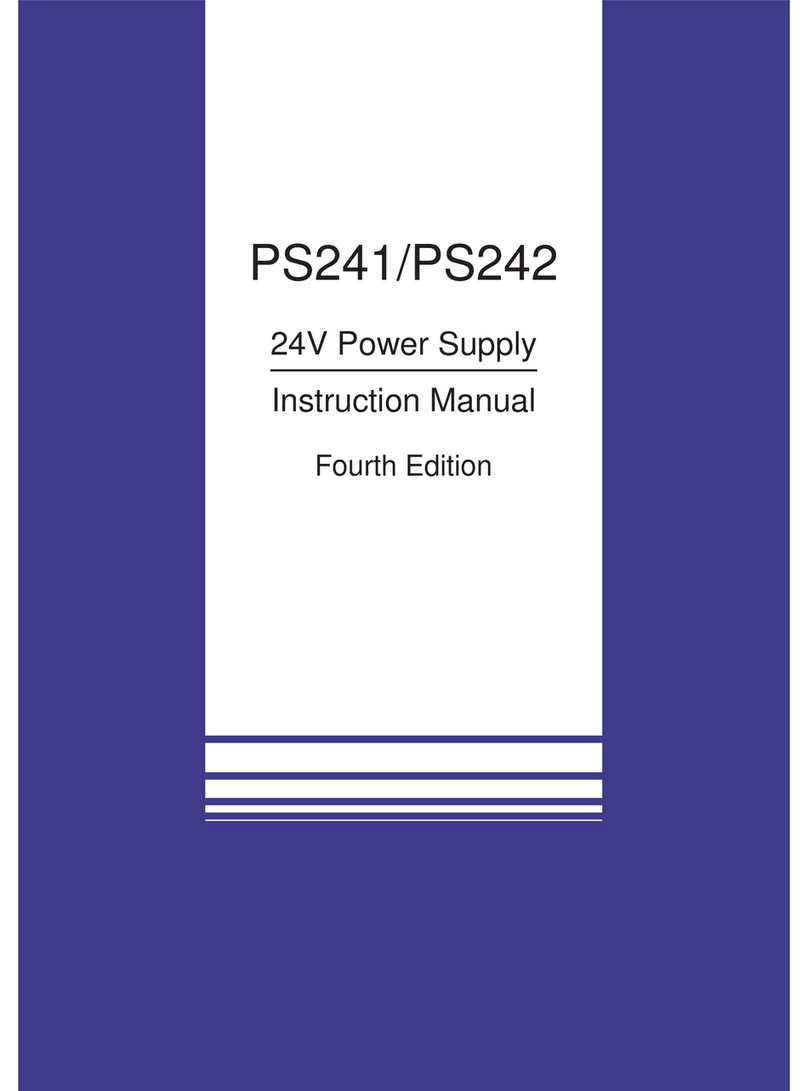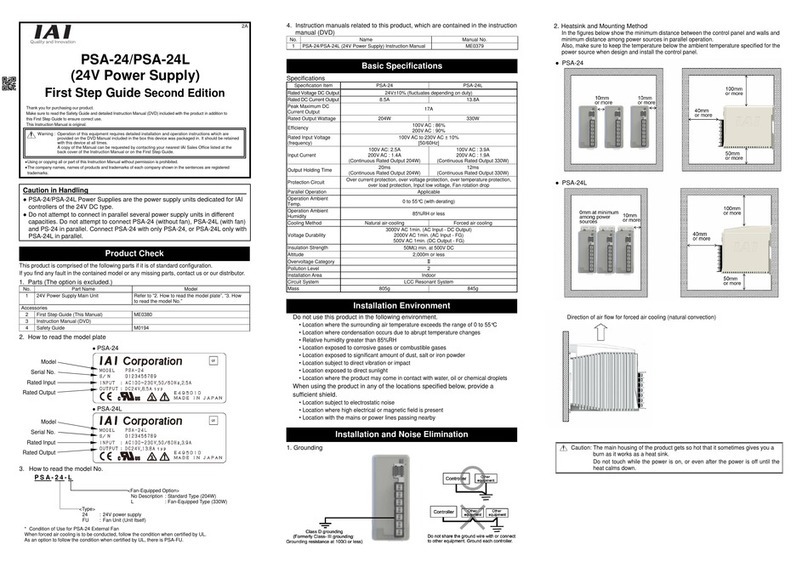Contents
Safety Guide ·················································································· Intro-1
Precautions for Handling ···································································· Intro-8
International Standard Compliance······················································· Intro-9
EMC specifications ····················································································· Intro-9
Safety standard specifications ······································································· Intro-10
Part Names ····················································································· Intro-11
Functions of each part ················································································· Intro-13
Chapter 1 Specifications
1.1 Product Configuration··································································· 1-1
Components ·································································································· 1-1
How to read the model nameplate······································································ 1-1
Model name ·································································································· 1-2
1.2 General Specifications·································································· 1-3
Input specifications ························································································· 1-3
Output specifications ······················································································· 1-4
Protective function specifications ······································································· 1-5
Insulation specifications ·················································································· 1-6
Chapter 2 Installation
2.1 Environmental Conditions······························································ 2-1
2.2 Heat Dissipation and Mounting ······················································· 2-3
Chapter 3 Wiring
3.1 Connection to Peripheral Devices (Overall Electrical Wiring Diagram)···· 3-1
3.2 Connection Cables······································································· 3-2
Communication cable ······················································································ 3-2
Power supply cable························································································· 3-3
Chapter 4 Operation
4.1 Specification Details ····································································· 4-1
Output voltage ······························································································· 4-1
Parallel operation···························································································· 4-3
Power ON/OFF sequence ················································································ 4-6
Inrush current prevention circuit········································································· 4-7
Overload detection·························································································· 4-8
Signal line ····································································································· 4-9






























